What is the use of phycocyanin in food?

Phycocyanin is a dark blue powder separated from Spirulina. It is mainly found in cyanobacteria, red algae and cryptophyceae. Phycocyanin is usually divided into C-phycocyanin and R-phycocyanin. The former is mainly found in cyanobacteria, while the latter is mainly found in red algae. Cryptophyceae has both. Its function is to absorb light (orange-yellow) energy and transmit light energy. It is both a protein and an excellent natural food pigment, and also a good health food.

In Europe, phycocyanin is used as a coloring food ingredient with unlimited use. In countries such as China, the United States, Japan and Mexico, phycocyanin is used as a blue source for various foods and beverages. It is also used as a coloring agent for nutritional supplements and medicines, with the added amount ranging from 0.4g-40g/kg, depending on the color depth required for the food.
Application of Phycocyanin
As a natural pigment, phycocyanin has been widely used in food and cosmetics in Europe, America, Japan and other countries and regions since the beginning of the 21st century. Phycocyanin is a natural blue pigment approved by the US FDA and is also included in the EU’s colored food raw materials. There is currently no restriction on its use. my country’s GB2760 food additive catalog also lists phycocyanin as a natural colorant, allowing it to be used in candies, fruit and vegetable juices, flavored beverages, jellies and other products.
Data shows that the global natural food pigment market was estimated at $3.88 billion in 2018 and is expected to reach a compound annual growth rate of 5.7% to $5.12 billion by 2023. Compared with synthetic food pigments, natural food pigments provide more options for food processors, and many artificial pigment suppliers have turned to the development of natural pigments.
Currently, in addition to the sharp increase in demand for natural red pigments and natural yellow pigments, the market capacity of natural blue pigments is also very huge worldwide. The global market is expected to grow at an average annual rate of 50% from 2016 to 2020. If phycocyanin is added to an aqueous solution, it can present a clear sky blue color, so it is favored by companies.
Nestle’s classic candy-Smarties
In 2010, Nestlé tried to use spirulina extract as the source of blue in Smarties, but due to regulatory restrictions, this attempt was not brought to the market. In 2013, food giants such as Mars and Nestlé submitted applications to the FDA for permission to use spirulina extract as a food colorant. As regulations progress, Nestlé completely replaced FD&C Blue No.1 (Brilliant Blue) in Smarties with phycocyanin as the source of blue in candies. Now, in most countries such as Europe and Singapore, consumers can taste Smarties blue candies colored with phycocyanin.

Walls
There are many delicious secrets hidden in every Yummies ice cream from Wall’s: juicy fudge, gluten-free, no artificial colors, and natural flavors.

In addition to Yummies, Wall’s also launched Paddle Pop Twister Mermaid, Paddle Pop Rainbow, and Wall’s Classic Paddle Pop Rainbow, all of which contain spirulina extract as the source of blue.
HERSHEY’s cookies mint – the charm of using phycocyanin
HERSHEY is one of the largest chocolate manufacturers in the world. Hershey’s Cookies Mint was first launched in 1994 and has been discontinued many times before returning in 2020.

Hershey did not make the chocolate a radical blue, but chose to use phycocyanin and turmeric to make it green, which also caters to the taste of this chocolate – mint. A piece of blue mint-flavored chocolate would obviously make people feel strange.

Phycocyanin, a rare blue pigment among natural pigments, has become a common natural coloring source in food after nearly a decade of application in the European and American markets. Not only food giants such as Mars, Nestlé, Unilever, and Coca-Cola, but also many small and medium-sized enterprises use phycocyanin as a source of blue, green, and even purple in their products.
2. Health food field
Studies have shown that phycocyanin can remove free radicals. As a natural antioxidant, phycocyanin can help remove cell damage and aging caused by harmful free radicals in the body.

3. Cosmetics
Phycocyanin is a collagen-like protein with whitening, moisturizing and other effects. Some cosmetic brands at home and abroad have applied phycocyanin raw materials to their customized cosmetic products.

4. Photosensitizer
In addition, because phycocyanin has fluorescent properties, its fluorescence effect is 30 times that of ordinary fluorescein, and it can be used as a photosensitizer in some photodynamics such as biology and cytology. At the same time, as a photosensitive protein, phycocyanin can also significantly promote plant photosynthesis and produce photosensitivity reactions, thus making the product antiviral.

In the future, when the power of plants and health needs are increasingly valued, the potential of algae will inevitably receive attention and more power will be injected into it. At the same time, it is more important to achieve more rigorous scientific research on algae and breakthroughs in algae production and development technology. Only by improving scientific research and technology can the potential of algae be truly brought into play.

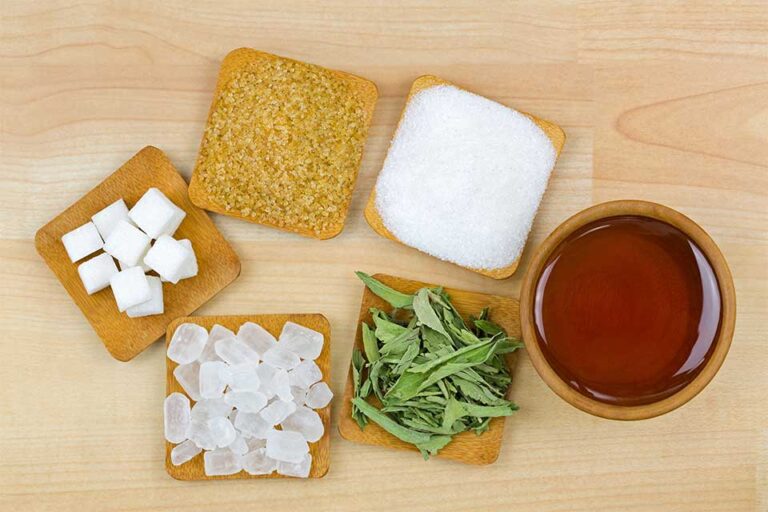
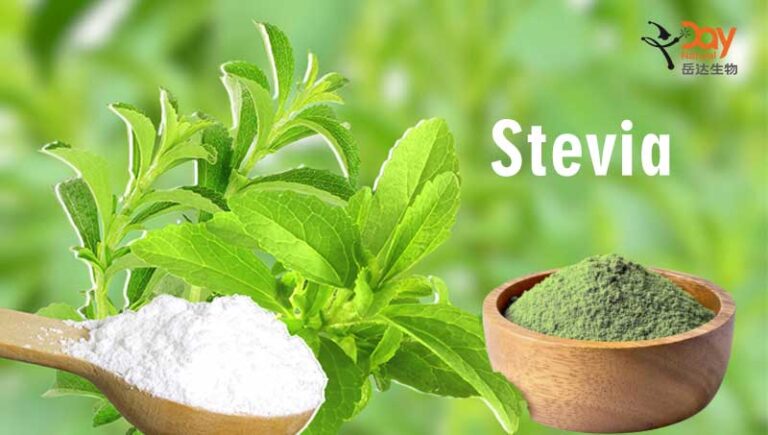
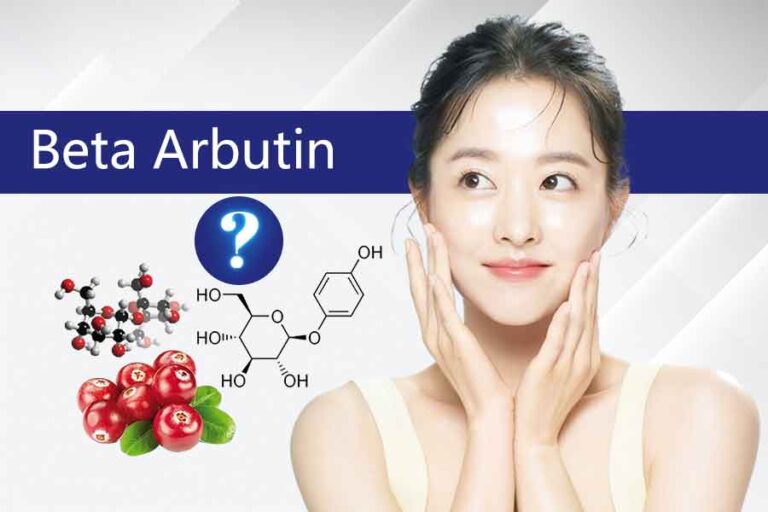
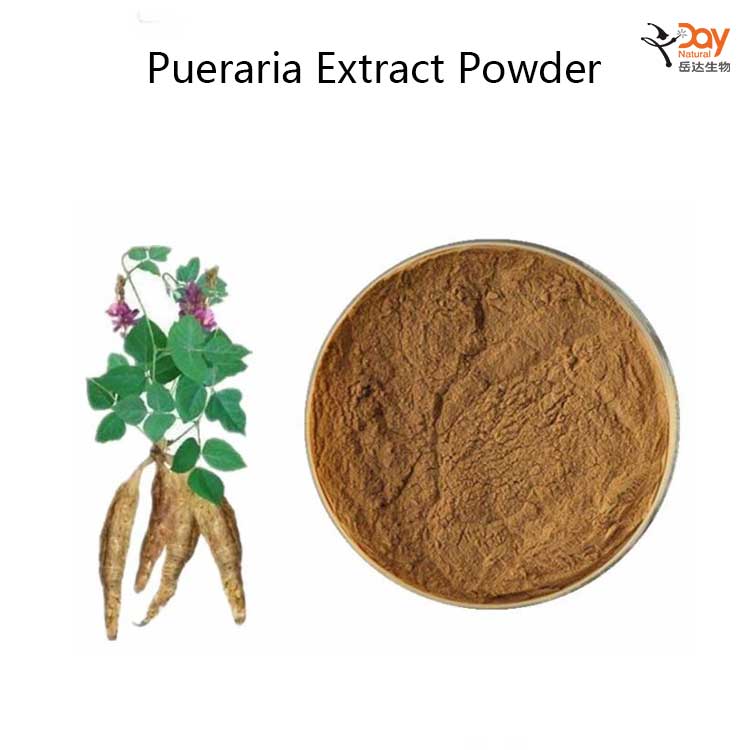
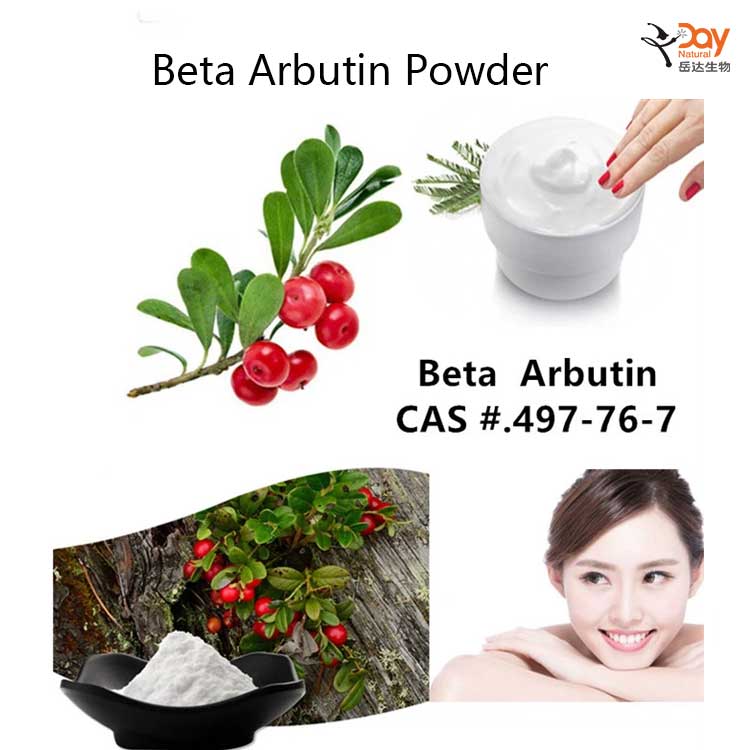
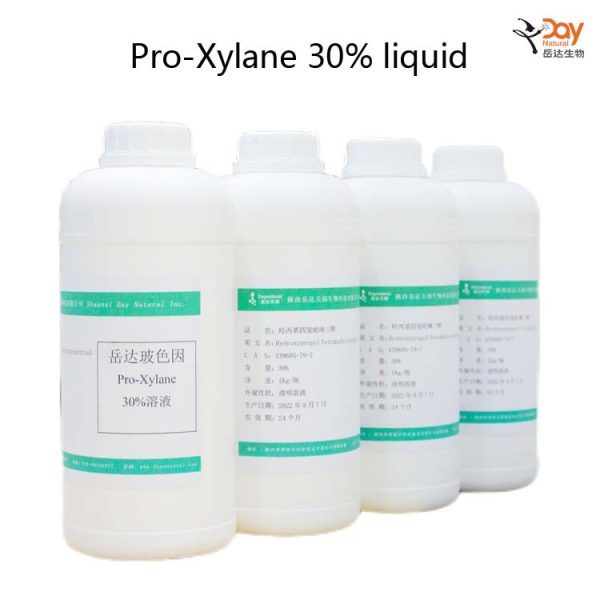
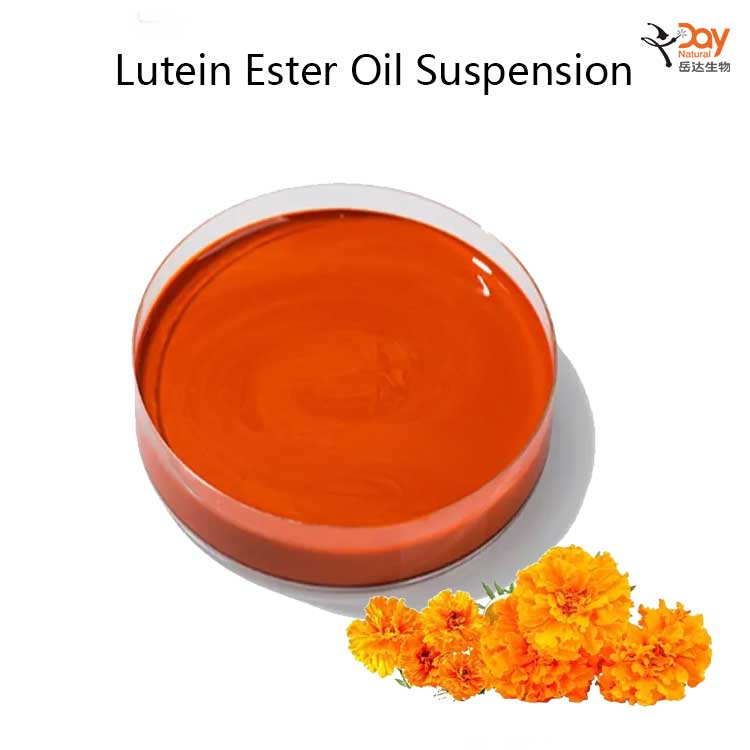
I have been using your company’s phycocyanin products for a long time. Although the price is relatively high, the quality is excellent and the stability is excellent. It is really worth the money. I highly appreciate your company’s professionalism and persistence, and I really like you!
You’ve done an impressive work on your website in covering the topic. I am working on content about Website Traffic and thought you might like to check out Webemai and let me what you think.
j200m
Hello everyone, it’s my first pay a quick visit at this site, and post is actually fruitful in favor of me, keep up posting such content.
You are welcome!
zara4d
First off I want to say wonderful blog! I had a quick question that I’d like to ask if you
don’t mind. I was curious to know how you center yourself and clear your head
before writing. I have had a hard time clearing my mind in getting my ideas out.
I do enjoy writing but it just seems like the first 10 to
15 minutes are generally lost just trying to figure out
how to begin. Any ideas or hints? Cheers!
You are welcome!
khusnul khotimah arab khusnul khotimah arab khusnul khotimah arab
My partner and I stumbled over here coming from a different web address and thought I might check things out.
I like what I see so i am just following you. Look forward to exploring
your web page repeatedly.
I simply couldn’t leave your website prior to suggesting that
I really loved the standard info a person supply in your visitors?
Is going to be back continuously to check out new posts
albaslot
albaslot albaslot
albaslot albaslot
Ahaa, its nice discussion regarding this article at this
place at this blog, I have read all that, so at this time me also commenting
here.
I’m not that much of a online reader to be honest but your blogs really nice,
keep it up! I’ll go ahead and bookmark your site to come back in the
future. Many thanks
sgcwin
I’m not sure exactly why but this weblog is loading very slow for me.
Is anyone else having this problem or is it a problem on my end?
I’ll check back later on and see if the problem still exists.
I’m gone to say to my little brother, that he should also visit this blog on regular basis to take updated from latest news update.
Attractive section of content. I just stumbled upon your weblog and in accession capital to assert that I acquire in fact enjoyed account your
blog posts. Anyway I’ll be subscribing to your augment and even I achievement you access consistently rapidly.
Thanks for sharing your thoughts about 1. Regards
If you are going for most excellent contents like I do, only visit this web page everyday because it offers feature contents, thanks
Please let me know if you’re looking for a article writer for your blog.
You have some really good articles and I think I would be a good asset.
If you ever want to take some of the load off, I’d really
like to write some articles for your blog in exchange for a link
back to mine. Please send me an email if interested.
Thanks!
Very nice post. I just stumbled upon your weblog and wanted
to mention that I have truly enjoyed browsing your weblog posts.
In any case I’ll be subscribing for your feed and I
am hoping you write once more soon!
Exceptional post however I was wanting to know if you could
write a litte more on this topic? I’d be very thankful if you could elaborate a little bit more.
Thanks!
I all the time emailed this blog post page to all my friends, because if like to read it then my links will
too.
naturally like your website but you need to take a look at the spelling on quite
a few of your posts. A number of them are rife with spelling issues and I to find
it very bothersome to inform the truth then again I will certainly come back again.
Thank you for the auspicious writeup. It in fact was a amusement account it.
Look advanced to more added agreeable from you! However, how could we communicate?
Hey there I am so happy I found your blog page, I really found you by mistake,
while I was looking on Yahoo for something else, Regardless I am here now and would just like to
say thanks for a tremendous post and a all round interesting blog (I also love the theme/design),
I don’t have time to browse it all at the moment but I have book-marked it
and also included your RSS feeds, so when I have time I will be back
to read much more, Please do keep up the great job.
I’m really enjoying the theme/design of your weblog. Do you
ever run into any internet browser compatibility issues? A
few of my blog readers have complained about my website not working correctly in Explorer but looks great in Opera.
Do you have any suggestions to help fix this issue?
Somebody necessarily help to make seriously articles I would state.
That is the first time I frequented your web page and up to now?
I surprised with the research you made to create this actual submit extraordinary.
Magnificent process!
Hi, its good paragraph about media print, we all
be aware of media is a great source of data.
Your mode of describing everything in this piece of
writing is genuinely good, every one be able to effortlessly be aware of it,
Thanks a lot.
You can certainly see your skills in the work you write.
The world hopes for more passionate writers like you who aren’t afraid to mention how
they believe. At all times go after your heart.
Hi there to all, how is the whole thing, I think every one is getting
more from this web site, and your views are pleasant for
new people.
I have learn some just right stuff here. Certainly price bookmarking for revisiting.
I wonder how so much attempt you set to create the sort of great
informative website.
Having read this I thought it was really informative.
I appreciate you spending some time and energy to put this content together.
I once again find myself spending way too much time both reading and leaving comments.
But so what, it was still worthwhile!
We’re a group of volunteers and starting a new scheme in our community.
Your web site provided us with useful information to work
on. You’ve done a formidable activity and our whole neighborhood might be thankful to you.
It’s perfect time to make a few plans for the future and it’s
time to be happy. I’ve read this post and if I
could I desire to recommend you some attention-grabbing issues or suggestions.
Perhaps you could write subsequent articles relating
to this article. I desire to read even more issues approximately it!
Please let me know if you’re looking for a author for your site.
You have some really good articles and I believe I would be a good asset.
If you ever want to take some of the load off, I’d really like to write some material for your blog in exchange for a link back to mine.
Please blast me an email if interested. Kudos!
My relatives every time say that I am wasting my time here at web, but I know I am getting familiarity everyday by reading such fastidious articles.
Wow, that’s what I was seeking for, what a data! existing
here at this blog, thanks admin of this web page.
Good information. Lucky me I ran across your site by chance (stumbleupon).
I have book marked it for later!
Touche. Sound arguments. Keep up the amazing effort.